On one particularly beautiful morning, I was fortunate enough to encounter and photograph a series of moments that I will cherish for some time as I would like to share with you today. It was an encounter that truly represents the peaceful beauty and wildness of our native animals.
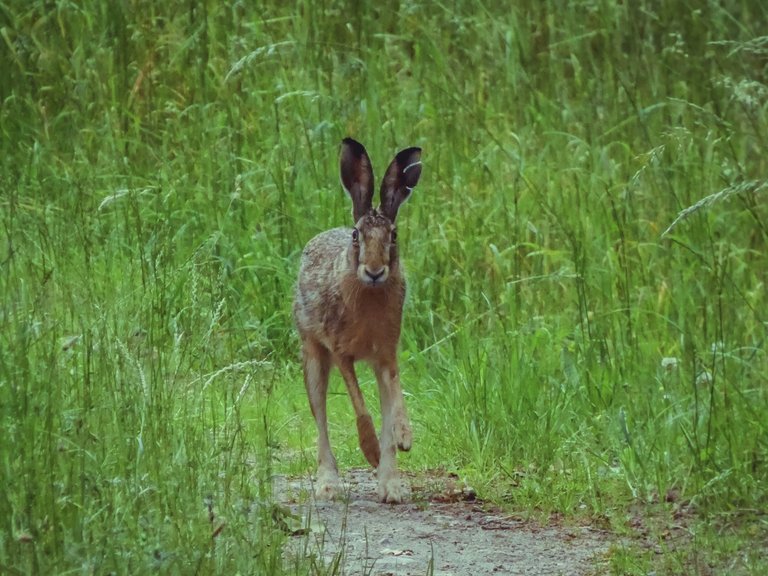

The first nine images the the story of an almost unreal encounter I had. I was stationary on a field path, out of the forest, with tall grass on either side, when I noticed a movement in the distance. It was a brown hare trotting toward me in its own leisurely fashion. It was if time stood still in that moment. He trotted along the path, long ears slightly folded back, deep in his universe. I was amused by his carelessness. The wind must have been in the right direction, or he was so consumed with his environment that he didn't even notice my presence. Maybe it was the grasses, maybe it was the morning air, but I saw him sniffing. I kept pressing the shutter because I could see him getting closer with every step. This was a unique opportunity, in my opinion. I had the impression that I was interrupting a natural moment. He didn't notice me until he was just a few meters away. His ears were moving in all directions when he raised his head. Our glance was brief but profound! There was a letter acknowledgment before he quickly changed direction and disappeared into the tall grass. It was exhilarating to see an animal so close.
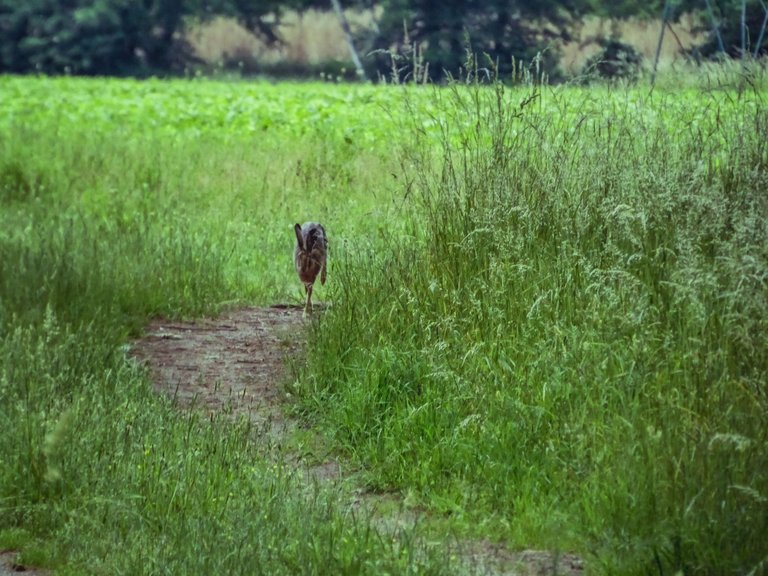
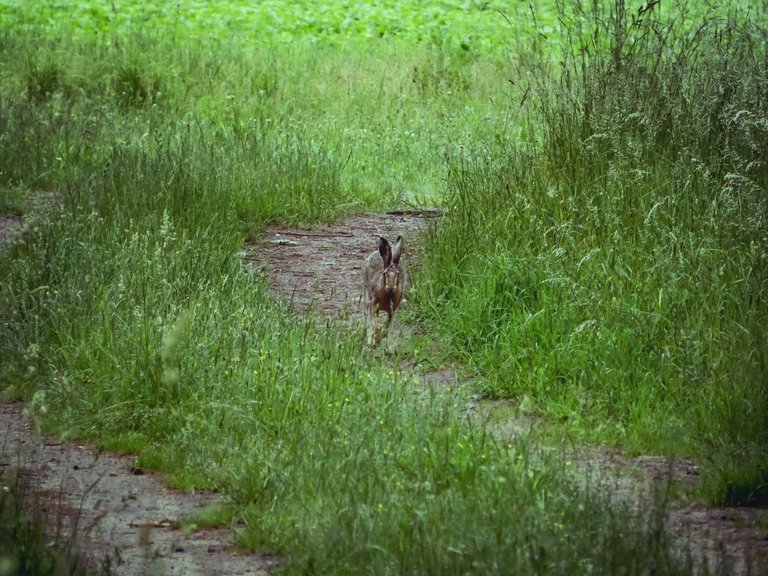
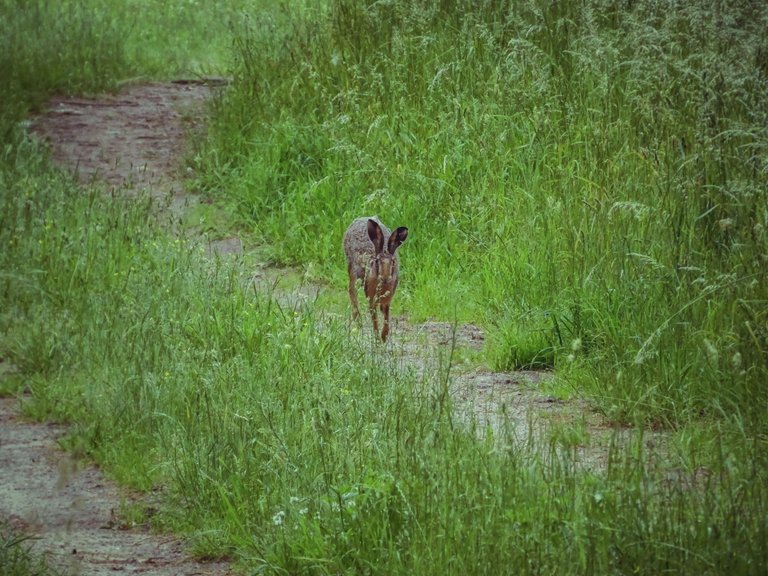
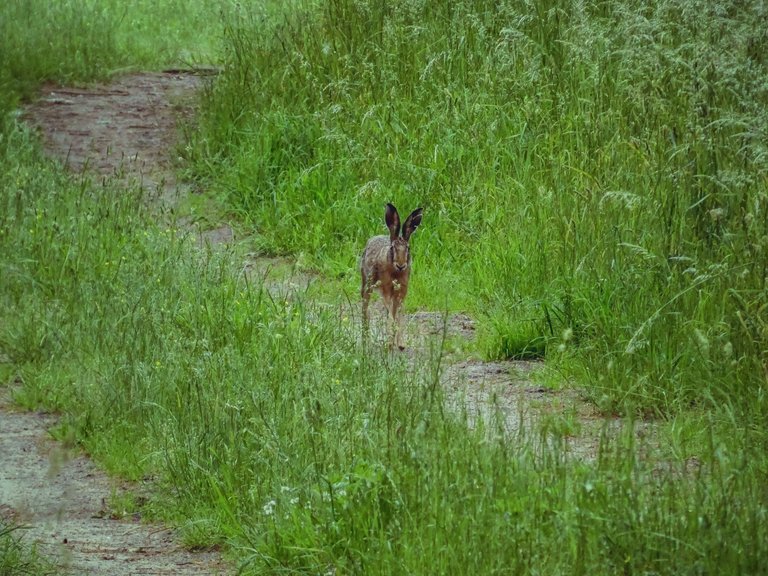

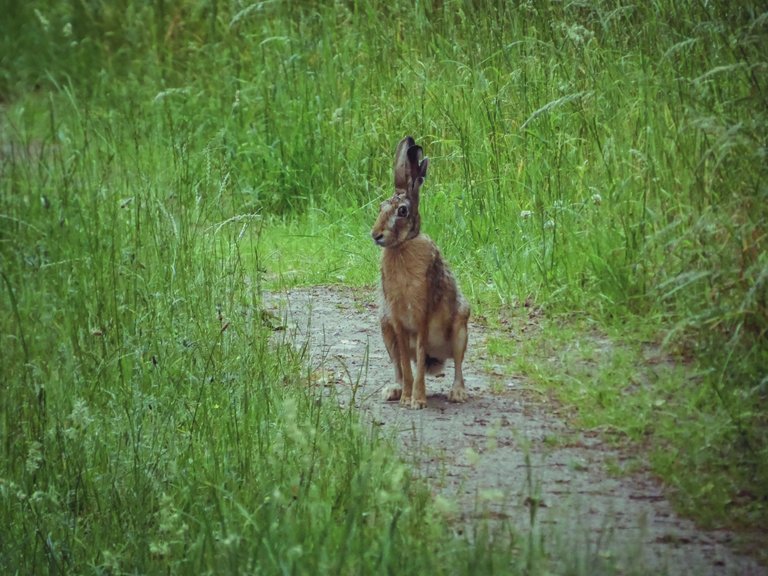


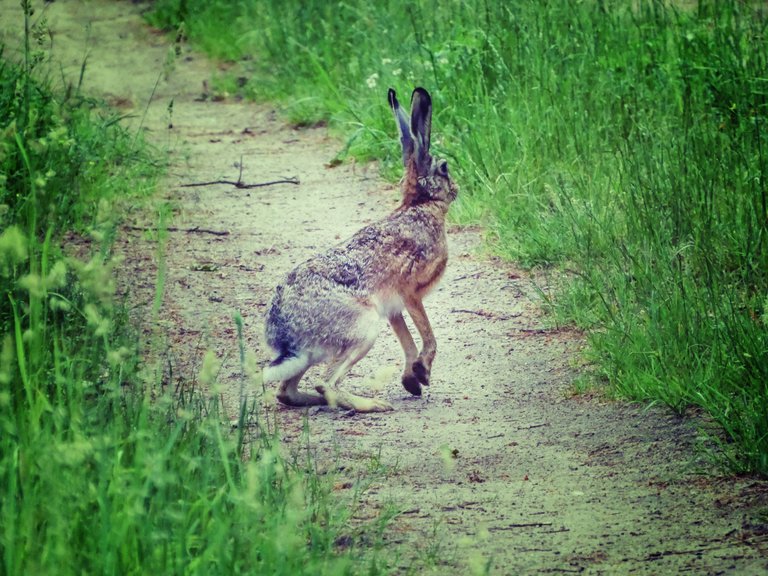

After this exciting meeting, I proceeded on my way, still enthused by the impressions of the hare that had just passed so closely to me. And then, some time later, I came across another hare (photo 10). This hare was the complete opposite to the previous hare. He was sitting completely relaxed almost at the edge of the path, as if taking a little break. It appeared not to be afraid and was looking in my direction with a level of curiosity, but did not attempt to flee. It was as if it was giving me a friendly greeting. This degree of composure, in the wild is always impressive to see and demonstrates how adaptive and yet individual these animals are.
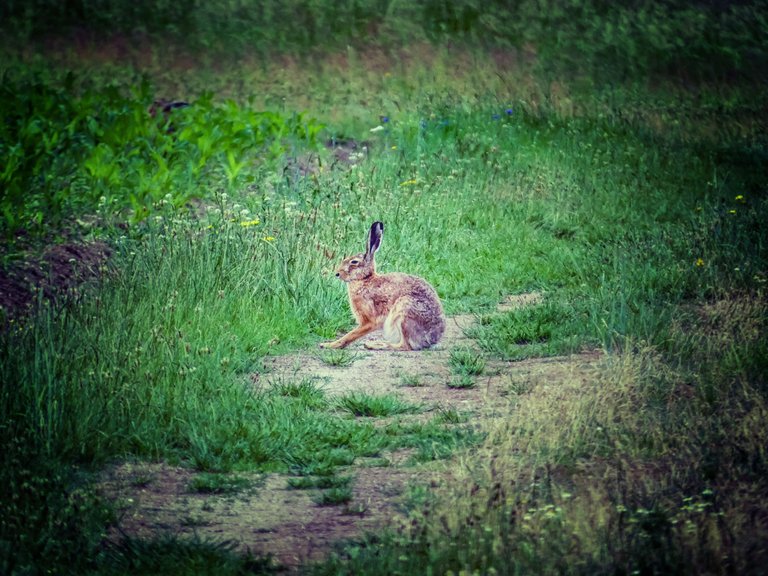

It's an common mistake, but the European hare (Lepus europaeus) in these images is definitely not a rabbit. While the rabbit and hare are both in the lagomorph family, there are some very distinct differences that separate them. European hares are proportionally larger and more powerfully built than most domestic rabbits; they have longer ears with a black tip, something rabbits lack; European hares have longer and more powerful hind legs, which allow them to escape at speeds of 70 km/hour when threatened. The main difference, however, comes down to behavioral differences: rabbits are colony animals and create burrows for living underground, while European hares are not social animals. Hares do not create burrows, but "rest" in shallow depressions in the field or "nests." The young are precocial (furry at birth, can see, and can walk), unlike cottontail rabbit young, which are born hairless and blind. These fine and small distinctions make seeing brown hares in from the wild a unique and impressive experience.
 I hope you enjoyed this brief excursion into the world of brown hares as much as I have. It is moments like these that remind us that so much wonder and beauty is just outside our doors, if we just take advantage of it.🙃✌️
I hope you enjoyed this brief excursion into the world of brown hares as much as I have. It is moments like these that remind us that so much wonder and beauty is just outside our doors, if we just take advantage of it.🙃✌️

















!discovery 33
!PIZZA
This post was shared and voted inside the discord by the curators team of discovery-it
Join our Community and follow our Curation Trail
Discovery-it is also a Witness, vote for us here
Delegate to us for passive income. Check our 80% fee-back Program
$PIZZA slices delivered:
@jlinaresp(10/15) tipped @forestbound
Come get MOONed!
Congratulations @forestbound! You have completed the following achievement on the Hive blockchain And have been rewarded with New badge(s)
Your next target is to reach 4000 upvotes.
You can view your badges on your board and compare yourself to others in the Ranking
If you no longer want to receive notifications, reply to this comment with the word
STOP